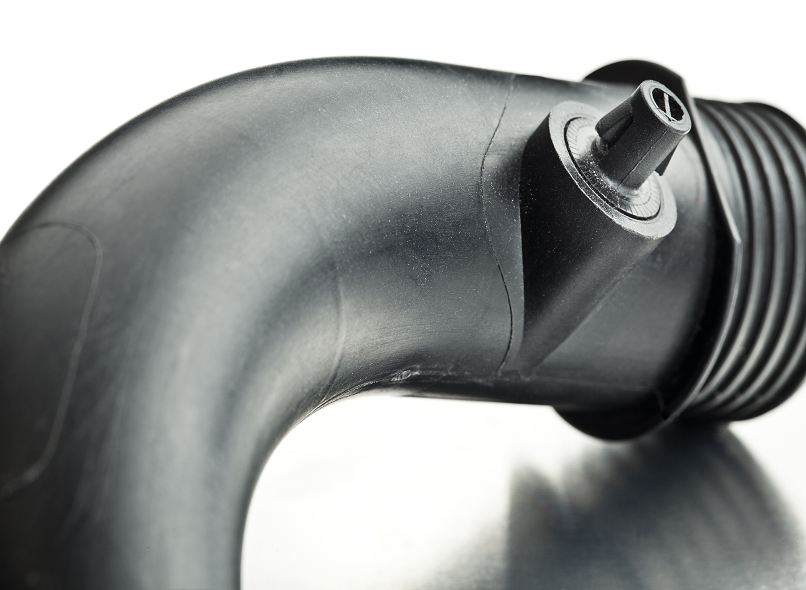Choosing the Right Ultrasonic Plastic Welder for PVC Pipe: A Comprehensive Guide

When it comes to joining PVC pipes, one of the most effective methods available is using an ultrasonic plastic welder. This advanced technology utilizes high-frequency sound waves to create a strong and durable bond between PVC pipe components. If you are in the market for an ultrasonic plastic welder specifically designed for PVC pipe, there are several key factors to consider in order to make an informed decision.
Understanding Ultrasonic Welding
Before diving into the selection process, it is important to have a solid understanding of ultrasonic plasticwelding. This process involves the application of high-frequency vibrations to melt and fuse plastic materials together. In the case of PVC pipes, the ultrasonic plastic welder generates vibrations that create enough heat to soften the plastic surfaces. Once softened, the pipes are pressed together, resulting in a solid and permanent bond that is capable of withstanding pressure and ensuring leak-free connections.
Key Considerations for Choosing an Ultrasonic Plastic Welder for PVC Pipe
- Power and Frequency: One of the primary considerations when choosing an ultrasonic plastic welder for PVC pipe is the power and frequency capabilities of the machine. Higher power and frequency settings generally result in faster and more efficient welds. It is important to choose a welder that offers sufficient power and frequency to meet your specific welding needs. Consider the thickness and size of the PVC pipes you will be working with, as this will influence the power and frequency requirements. Additionally, some welders offer adjustable power and frequency settings, allowing you to fine-tune the welding process for optimal results.
- Compatibility: Ensure that the ultrasonic plastic welder is specifically designed for PVC pipe welding. PVC pipes have their own unique properties, and not all ultrasonic welders may be suitable for joining them. Choosing a welder that is specifically engineered for PVC pipe welding ensures optimal performance and compatibility with the material. Look for welders that have been tested and proven to deliver reliable results when working with PVC pipes. Some manufacturers may even provide compatibility charts or guidelines to help you determine which welder is best suited for PVC pipe welding.
- Size and Portability: Consider the size and portability of the ultrasonic plastic welder. Depending on your needs and workspace limitations, you may require a compact and lightweight option that is easy to move around. Portable welders can be especially beneficial for on-site or field applications. However, ensure that portability does not compromise the power and functionality of the welder. Look for welders that strike a balance between size and performance, ensuring that they are both portable and capable of handling the welding requirements of PVC pipes.
- Ease of Use: Look for an ultrasonic plastic welder that is user-friendly and easy to operate. A clear and intuitive interface, along with simple controls, can make the welding process smoother and minimize the learning curve for operators. Consider features such as programmable settings, preset welding parameters, and automatic operation for enhanced ease of use. Some welders may even offer touchscreen interfaces or guided welding processes to simplify the operation further. Additionally, look for welders that provide comprehensive user manuals and training materials to ensure that operators can quickly become proficient in using the equipment.
- Safety Features: Prioritize safety by selecting an ultrasonic plastic welder with built-in safety features. These may include features such as automatic shutoff, overheating protection, and safety interlocks. Safety should always be a top priority to protect operators and ensure optimal working conditions. Look for welders that comply with relevant safety standards and certifications. Additionally, consider features such as noise reduction mechanisms or protective enclosures to minimize the potential risks associated with ultrasonic plastic welding.
- Reliability and Durability: Invest in a high-quality ultrasonic plastic welder that is known for its reliability and durability. Check customer reviews and ratings to ensure that the chosen model can withstand frequent use and deliver consistent results. A reliable welder will not only provide long-term performance but also minimize downtime and maintenance costs. Look for welders that are constructed from robust materials and have a reputation for their durability. Additionally, consider the warranty and after-sales support offered by the manufacturer to ensure that any potential issues can be addressed promptly.
- After-Sales Support and Service: Consider the availability of after-sales support and service. Look for manufacturers or suppliers that offer comprehensive customer support, including technical assistance, spare parts availability, and warranty coverage. This ensures peace of mind and timely resolution of any issues that may arise during the lifespan of the welder. Look for manufacturers that have a dedicated customer support team and provide training programs to assist with troubleshooting and maintenance. Additionally, consider the availability of online resources, such as FAQs or video tutorials, that can further support your welding operations.
Conclusion
Choosing the right ultrasonic plastic welder for PVC pipe is a critical decision that can significantly impact the quality and reliability of your welded joints. By considering factors such as power and frequency, compatibility, size and portability, ease of use, safety features, reliability, and after-sales support, you can make an informed decision that aligns with your specific PVC pipe welding requirements. Conduct thorough research, compare different models, and prioritize quality to ensure that you select a welder that will deliver optimal performance and lasting results.
Remember, a well-chosen ultrasonic plastic welder will not only enhance the efficiency and effectiveness of your PVC pipe welding process but also contribute to the overall success of your projects. Take the time to evaluate different options, consult with experts if needed, and make a choice that meets your unique needs and budget.
Happy welding!





